How On-Site Physical Therapy Reduces Hospital Readmissions in Assisted Living Facilities
Are Your Residents Returning to the Hospital Too Often? Let's Talk About It
"We keep sending Mrs. Rodriguez back to the hospital." If you've found yourself saying something like that lately, I hear you. And I know it's not just one resident. There's probably Mr. Chen, who fell again last month. And that woman in 3B who can't seem to shake her pneumonia. Before you know it, you're looking at your readmission numbers thinking, "What are we missing here?"
Hospital readmissions are one of those things that keep facility directors up at night. They're expensive. They're disruptive. Families start asking questions. And honestly, you got into this work to help people age with dignity, not to watch them ping-pong between your facility and the ER.
The thing is, a lot of these hospital trips don't have to happen. I'm not saying all of them, obviously some medical emergencies are just that, emergencies. But many of the readmissions we see? They're preventable. And that's where on-site physical therapy comes in.
Why Hospital Readmissions Keep Happening
Let's be real about what's going on. A resident gets discharged from the hospital, comes back to your facility, and within a few weeks they're right back in that hospital bed. You've seen it happen enough times to know the pattern.
Usually it starts small. Someone's moving a little slower after their hospital stay. They're weaker. Maybe they're scared of falling, so they stop walking as much. That leads to more weakness. Then one day they lose their balance reaching for something, and boom, you're calling 911 again.
Or it's the chronic stuff that just keeps flaring up. Diabetes that's hard to manage. Heart failure that tips into crisis. Arthritis that makes someone so immobile they develop other complications. These conditions need constant attention, and when they don't get it, small problems snowball.
You know what really gets to me though? It's the little things that get missed. Someone's gait is off, but not bad enough to seem urgent. A resident mentions their knee hurts, but they're not making a big deal about it. Your staff is stretched thin, and these small red flags slip through the cracks. Next thing you know, that minor knee pain has turned into a fall, and that fall has turned into a fracture.
Medication issues don't help either. Someone misses a dose, or doesn't quite understand their new prescriptions post-discharge. Things spiral from there.
I'm not blaming anyone here. Running an assisted living facility is incredibly complex. But the pattern is real, and it's costing everyone, your facility, your residents, their families.
How On-Site Physical Therapy Helps
Here's where things can change. On-site physical therapy isn't about waiting for problems to get bad enough to require intervention. It's about catching them early.
When you have a therapist actually in your building, working with your residents regularly, they notice things. They see that Mrs. Rodriguez is compensating with her left leg. They catch that Mr. Chen's balance is shakier than it was two weeks ago. They can step in before anyone ends up in an ambulance.
And it's not just about observation. A good therapist builds actual strength and stability. They work on the specific muscles that keep people upright and steady. They practice the exact movements your residents need for daily life, getting out of a chair safely, walking without shuffling, navigating the bathroom at night.
The confidence piece is huge too. I've watched residents who were terrified to walk to the dining room start moving around independently again because they worked with a therapist who helped them trust their body. That mental shift matters just as much as the physical gains.
It doesn't take some revolutionary program either. Consistent, targeted exercises done right there in the facility, that's what works. Leg strengthening. Balance drills. Gait training. Nothing fancy, just effective.
Why Facilities Choose Mobile Therapy
Look, I know you've got a hundred things on your plate. The last thing you need is another complicated system to manage. That's exactly why mobile therapy makes sense.
No more coordinating transportation to outside clinics. No more residents missing appointments because the van was late or they didn't feel up to the trip that day. No more playing phone tag with external providers trying to get updates on your residents' progress.
The therapist comes to you. They work with residents in their own environment, which honestly makes the therapy more relevant anyway. Someone practicing walking in the actual hallways they use every day? That translates to real-world improvement faster.
Your staff isn't stuck managing referrals and follow-ups with multiple outside providers. Everything happens in-house, communication is direct, and you can actually see what's happening with your residents' care.
At TheraMotive, we've set up our mobile services specifically to fit into how assisted living communities actually operate. We're not trying to add more administrative burden to your day. We handle our piece, you handle yours, and your residents get consistent, quality care without anyone having to leave the building.
Don't Let Readmissions Define Your Facility
Hospital readmissions are costly and disruptive, but here's what I want you to remember: they don't have to be inevitable.
On-site physical therapy empowers your residents to maintain strength, mobility, and independence, while giving your facility the support needed to provide high-quality, proactive care. Isn't that what you got into this field for?
What would it mean for your facility if you could reduce readmissions by even 20%? Think about the cost savings, the improved resident satisfaction, the peace of mind for families.
Ready to improve resident outcomes and reduce those frustrating hospital readmissions? Contact TheraMotive today to bring mobile physical therapy to your assisted living community.
Because every resident deserves care that keeps them safe, strong, and confident and every facility deserves a partner that makes that possible.

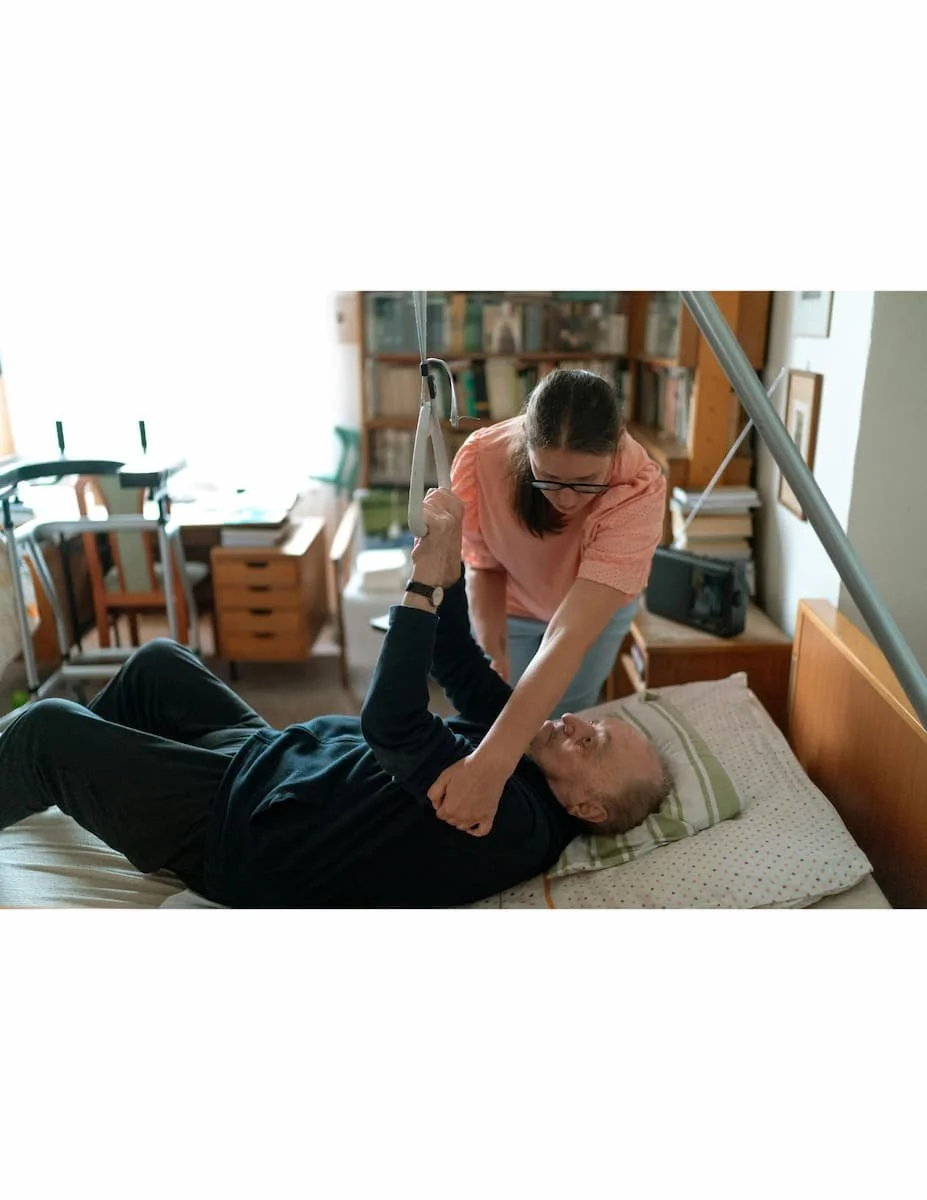
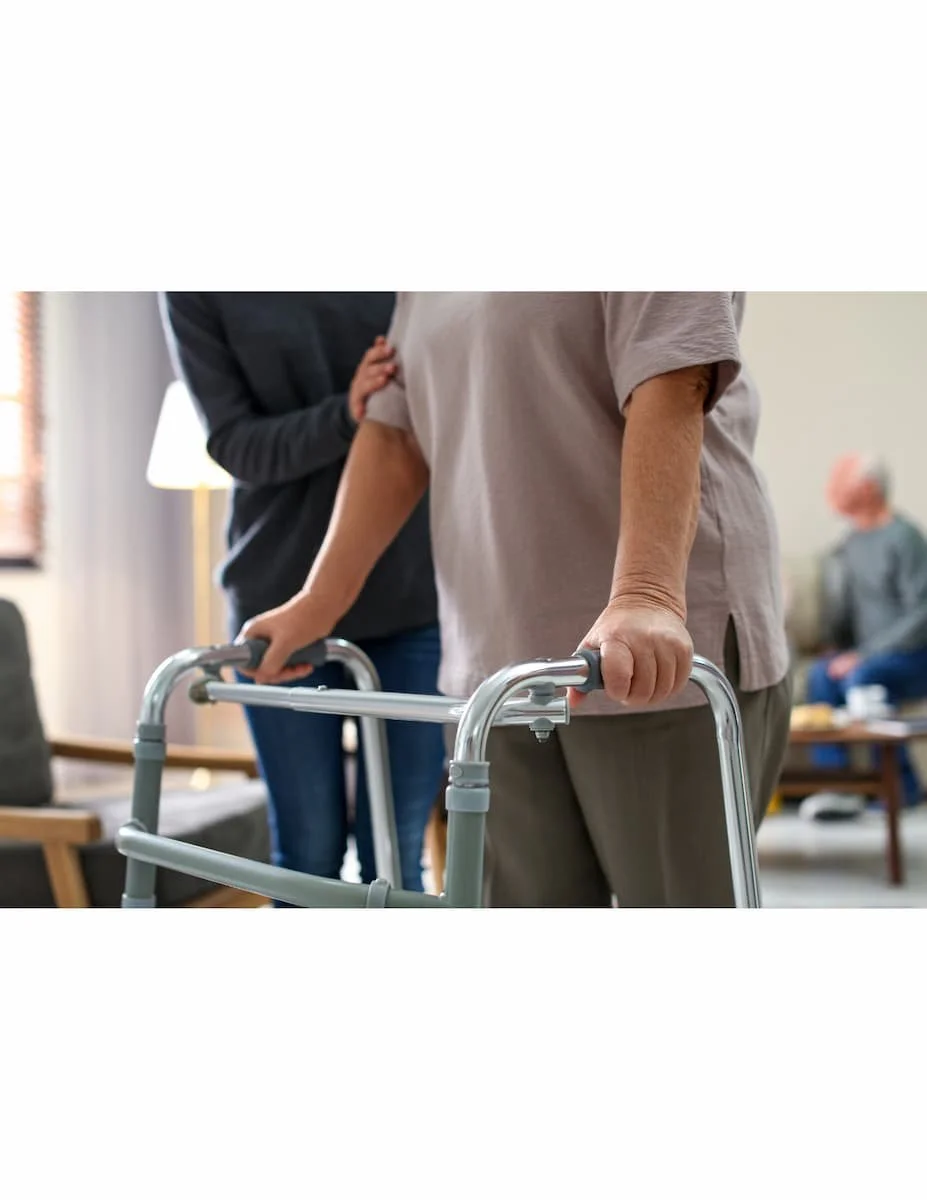
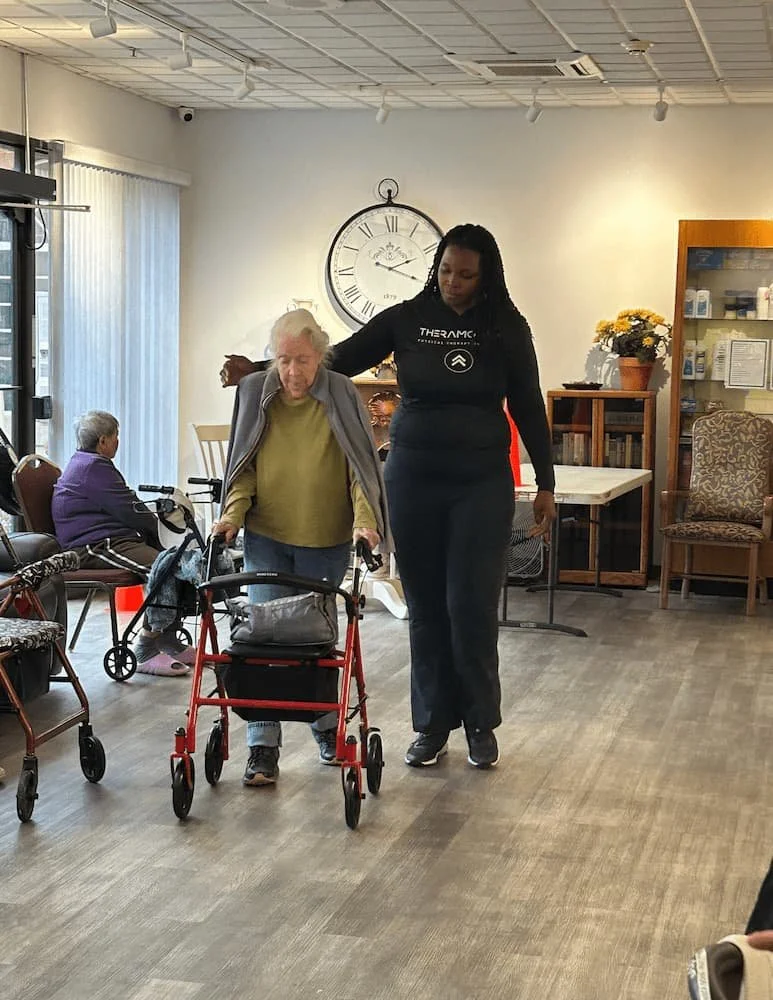
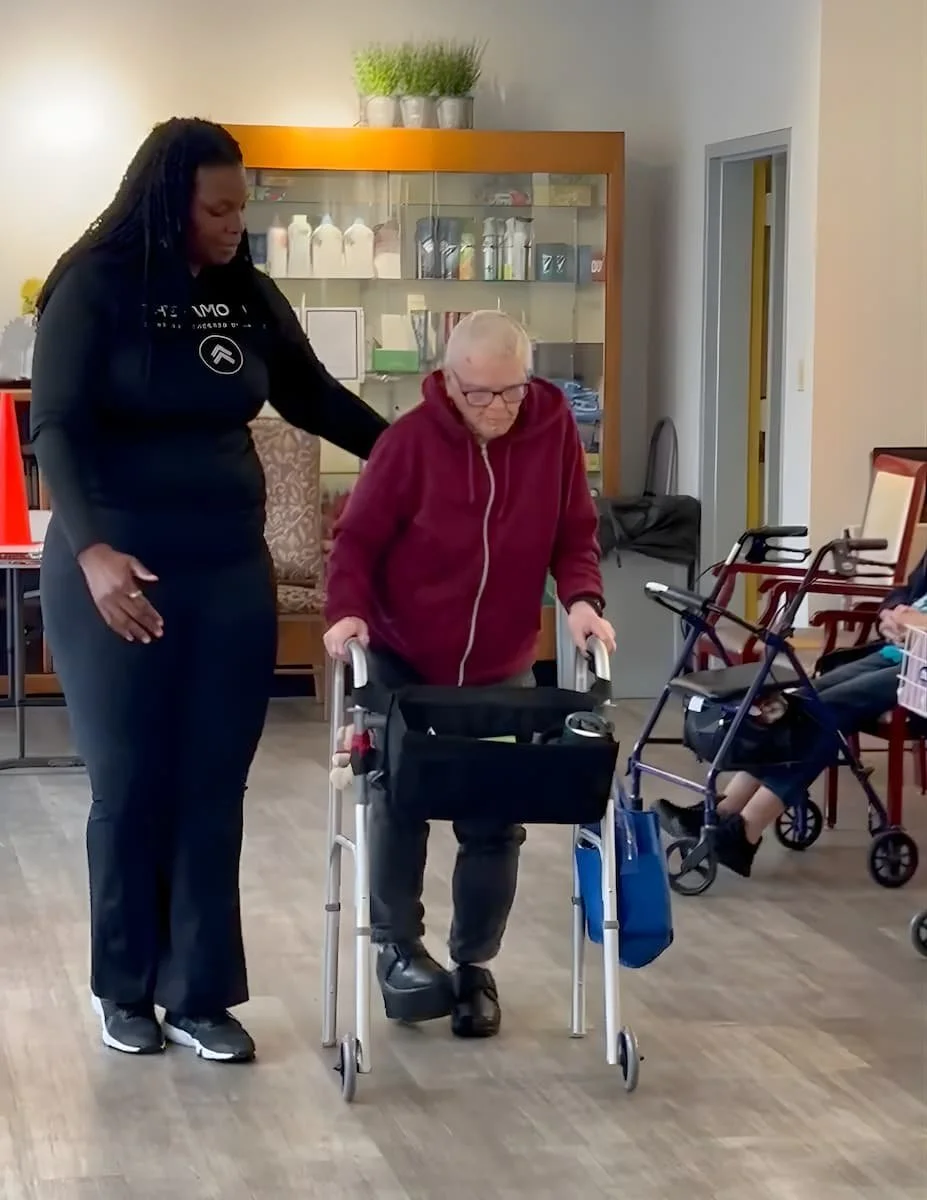
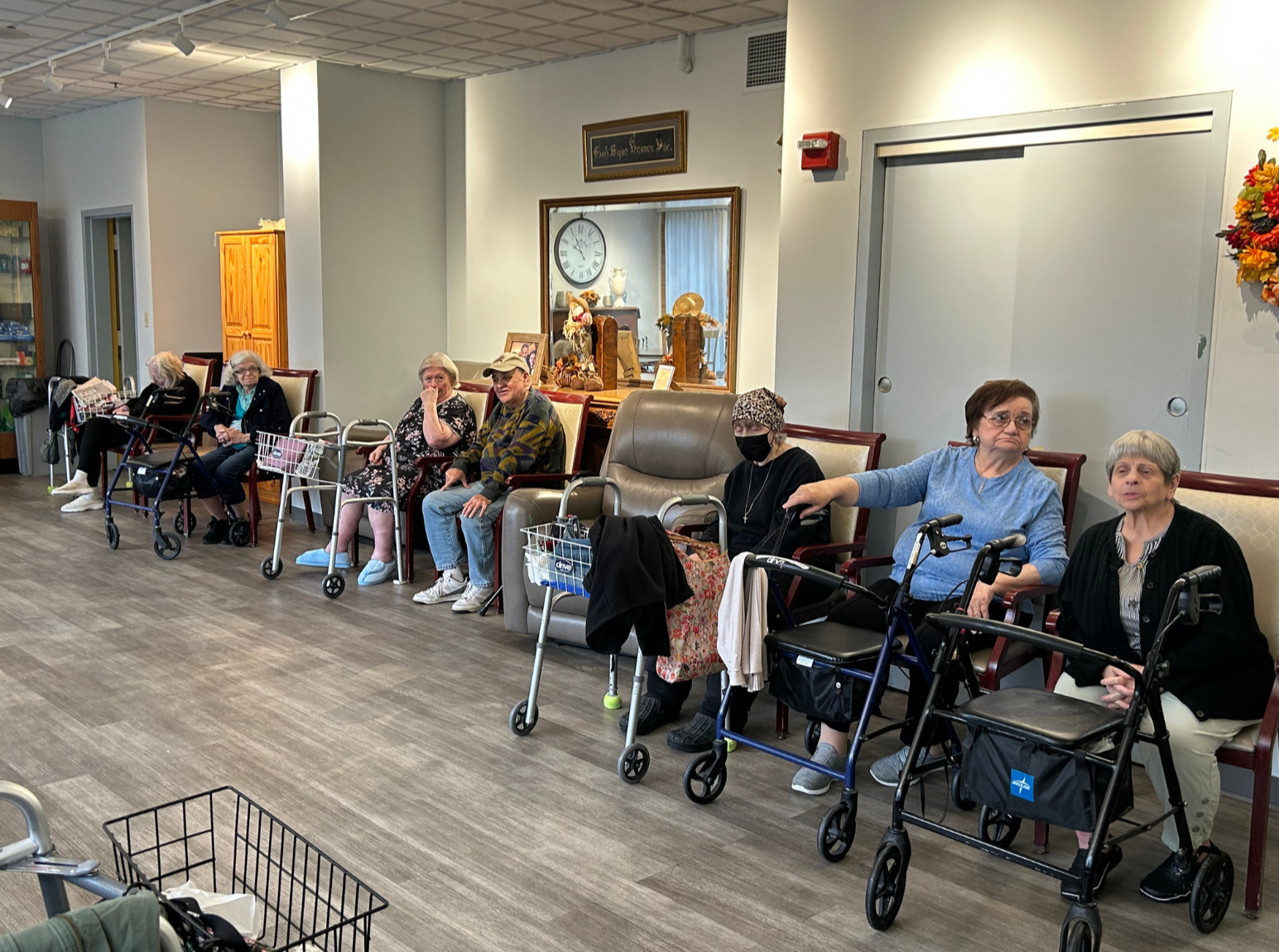

TheraMotive provides on-site PT that catches issues early, prevents hospital transfers, and keeps residents safe.